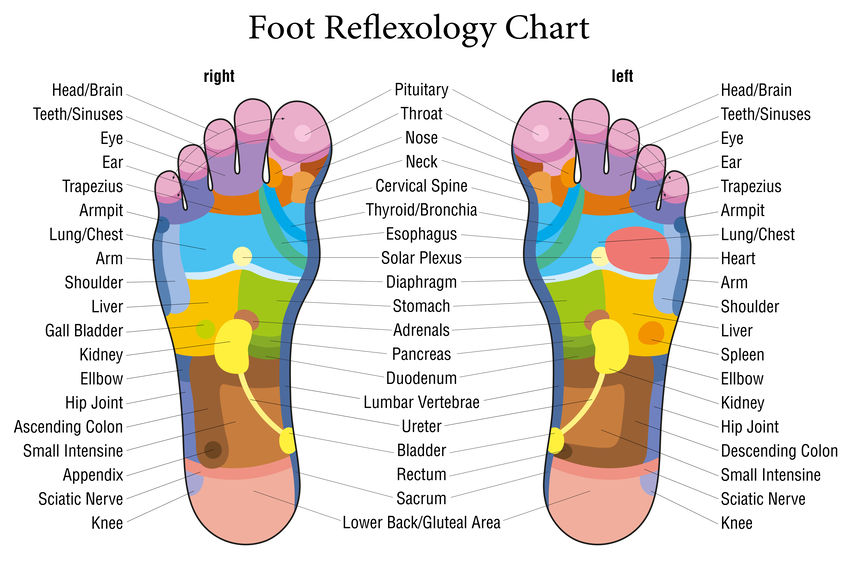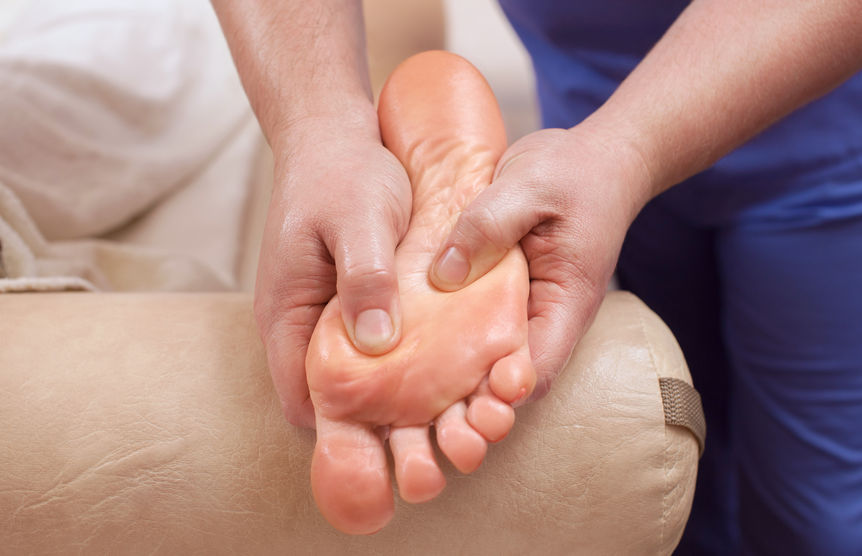When it comes to health and wellness, there is a rich array of approaches that focus on various aspects of the body and mind to achieve a happier and healthier self. While some of these health trends come and go like waves on the shore, other holistic approaches have stood the test of time and can be compared to the ocean tides – ebbing and flowing in popularity but persevering nonetheless.
One of these holistic health approaches is reflexology, an ancient practice that is still as effective today as it was thousands of years ago. In this article, we will answer your questions and help you understand everything you need to know about reflexology, as well as help you decide if this is a health practice you’d like to try.
A Quick History Lesson
Before we dive into the riveting definition, mechanics, and applications of reflexology, let’s review its history. After all, it’s easier to know where we are going once we understand where reflexology came from.
- The use of reflexology is said to date back as far as 3,000 BC to ancient China. Here it was believed that reflexology helped to maintain the flow of qi (also known as “chi” or “vital energy”) through the body to maintain balance and prevent illness.
- However, the oldest documentation of reflexology is shown through ancient Egyptian hieroglyphics that date back to 2,330 BC, showcasing a physician working on the hands and feet of patients. These hieroglyphs were found in the Tomb of Ankhmahor, otherwise known as the Physicians Tomb.
- Fast forward to the early 1900s where the science of reflexology started to unfold. Dr. William Fitzgerald discovered zone therapy, which then led physiotherapist Eunice Ingham (known as the “Mother of Reflexology”) to develop a map of the entire body on the feet.
While reflexology was only reserved for a selected few physicians in ancient times, the recent discoveries of zones and foot maps have helped to unlock the secrets of reflexology and its efficient application. This has empowered anyone interested in this massage therapy with the knowledge to harness its benefits.
So, What Is Reflexology?
Reflexology is a type of holistic, or complementary therapy that involves applying varying levels of pressure to specific points on the feet, hands, and ears. These specific points are located in reflex zones.
These reflex zones are specific areas that align with different organs, glands, and parts of the body. The relationship between these zones and the rest of the body can be viewed as a map, allowing reflexologists to treat stress, disorders, and health issues in a non-intrusive way.
How Does Reflexology Work?
This complementary therapy is based on the interconnection via the nervous system between the body and the feet and hands; meaning that the feet and hands are a microcosm of the whole body.
In terms of reflex zones and foot mapping, the foot is divided into lateral zones that correspond with body parts. Examples of these include:

- The toes correlating to the head and neck.
- The ball of the foot aligning with the heart and chest.
- The arch of the foot lining up to the stomach, liver, and pancreas.
- The heel connecting to the intestines, bladder, and lower back.
By applying pressure to specific points using their fingers and thumbs, reflexologists stimulate the nerve ending in the foot (or hands). This encourages blood flow to the area, alleviating pain and tension in that area as well as the tension level of the corresponding organ, gland, or body part. From an eastern perspective, this process removes the energy blockages in the body and promotes the harmonious flow of qi.
If a particular point is tender or sensitive, it indicates that there is an energy blockage or that something is wrong in that area. Reflexologists will then focus on that area while reducing the pressure on that point to ensure tension is relieved without causing injury.
What Are The Potential Benefits Of Reflexology?
There are many benefits associated with the administration of reflexology on the hands, feet, and ears. The main benefits include:
- Reduced stress and tension.
- Reduce depression and anxiety.
- Reduced pain, assisting in pain management.
- Improved sleep.
These benefits have been tested in many case studies, where one such publication found significant positive results for depression, anxiety, and quality of sleep. In another publication, foot reflexology was found to have a reduction in labor pain with 81% of patients in the study recommending reflexology during labor, which bodes well for the claim of pain management.
Other Benefits Have Also Been Reported, Such As:
- Improved mood.
- Boosted immune system.
- Cleansing of toxins.
- Revitalized energy.
- Improved general well-being.
- Improved blood circulation.
- Assistance with sinus issues, colds, and bacterial infections.
- Boosted fertility and hormone balancing.
- Improved digestion.
- Alleviation of constipation.
While not all of these benefits have scientific case studies to back their claim, reflexology can still be seen as potential support in managing the aforementioned health issues.
Is Reflexology For You?
While reflexology may offer many benefits, it might not be for everyone. We are all unique and while treatments and therapies work wonders for some, they may not be the best fit for others.

If you do not like other people touching your bare feet or have sensitive skin that bruises easily, then reflexology may not be for you. For whatever reason you may feel that this particular massage therapy is not for you, there are many other ways to maintain a healthy and balanced lifestyle, such as taking supplements. If you would like to achieve some of the same benefits that reflexology offers, such as stress and anxiety relief, try a targeted supplement like Anxietex™ by Approved Science®. Articles and other resources can also offer additional advice on lifestyle changes that can help reduce anxiety.

If, on the other hand, you are open to massages and curious to try the benefits for yourself – then reflexology is right up your alley. This ancient massage therapy technique can be used on people of all ages, ranging from newborn babies to adults to those on life care. It is something that you should try with a trained and professional reflexologist at least once. That way, you will be able to experience the full process and health benefits.
If you are still undecided, then why not try testing out the methodology yourself by exploring the various acupressure points for a short period of time? That way you can get to learn more about the reflex zones, the correlating body parts on the hand and foot maps, and perhaps find certain acupressure points that align with your current health and wellness state. Reflex zone charts, or reflexology foot and hand maps are easily accessible online and come in varying levels of detail.
Just remember that during this short exploration phase, you must apply gentle pressure to the feet and hands to avoid bruising and unnecessary injury. Reflexology is meant to heal, not to hurt. Whatsmore; if you have any injuries, health problems (like blood clots or foot ulcers), or are pregnant, it is best to consult with a medical professional first.
In Conclusion
Reflexology is an ancient practice that is still relevant today. It’s a holistic massage technique that uses various acupressure points along reflex zones to relieve tension throughout the body and promote the flow of qi. Reflexology offers many health benefits, especially with stress, anxiety, and pain management. It can be administered by a trained reflexologist or done at home, as long as you consult with a medical professional beforehand if you have any underlying health issues.

